Einstein Telescope
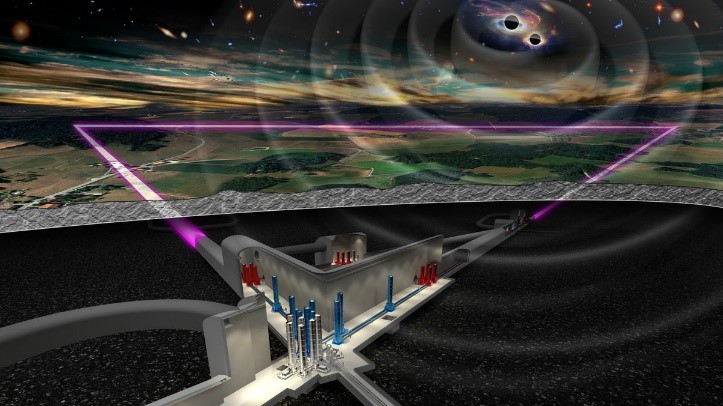
Disclaimer: Copyright infringement not intended.
Context
- A number of European institutions have formed the Einstein Telescope (ET) Collaboration to build a next-generation gravitational wave observatory deep beneath the surface of the Earth.
READ ALL ABOUT GRAVITATIONAL WAVES: https://www.iasgyan.in/blogs/gravitational-waves https://www.iasgyan.in/daily-current-affairs/gravitational-waves-32
READ ALL ABOUT LIGO: https://www.iasgyan.in/blogs/gravitational-waves
Einstein Telescope (ET)
About
- The Einstein Telescope (ET) is a proposed underground infrastructure to host a third-generation, gravitational-wave observatory.
- The border region between the Netherlands, Belgium and Germany is being considered as a possible location.
- To observe gravitational waves, the Einstein Telescope will measure tiny changes in the length of detector tunnels 200-300 metres underground and several kilometres long.
- Like the first two generations of gravitational-wave detectors, the concept for the Einstein Telescope is based on the measurement of tiny changes (far less than the size of an atomic nucleus) in the lengths of two connected arms several kilometres long, caused by a passing gravitational wave.
- Laser beams in the arms record their periodic stretching and shrinking as brightness changes on a central photodetector.
- The first generation of these interferometric detectors built a few years ago (GEO600, LIGO, Virgo and TAMA) successfully demonstrated the proof-of-principle and constrained the gravitational wave emission from several sources. The next generation (Advanced LIGO and Advanced Virgo), which were constructed until late 2015, have made the first direct detection of gravitational waves and have observed 90 signals so far.
|
What is LIGO? Laser Interferometer Gravitational-Wave Observatory or LIGO is a global network of laboratories that can detect gravitational waves, which are tiny ripples in the fabric of space and time. LIGOs have detectors designed to look for these tiny cosmic ripples. For instance, the LIGO detectors can pick up a change of distance that is several times smaller than a proton. So far, there are four such facilities in the world. There are two LIGOs in Washington State and Louisiana in the US. The one in Italy is called Virgo. The fourth one, named Kamioka Gravitational-Wave Detector (KAGRA), is in Japan. What causes gravitational waves? Gravitational waves are caused by some of the most violent events in the universe involving massive objects in motion, such as merging neutron stars or black holes, or exploding stars. Albert Einstein has first predicted the existence of gravitational waves soon after formulating the theory of General Relativity in 1915. Gravitational waves can help expand our understanding of the universe. When LIGO made history LIGO detected gravitational waves for the first time in 2015. Two black holes, 29 and 36 times the mass of the sun, merged 1.3 billion years ago to produce those waves. The scientists involved in the project — Rainer Weiss, Barry C Barish, and Kip S Thorne — won the Nobel Prize in Physics in 2017. The detection confirmed Einstein’s theory that space and time are not distinct entities but are woven together in a fabric-like structure that curves, stretches, and even warps, because of gravity waves created by massive objects moving at high speeds. Since then, LIGO and its partner observatory Advanced Virgo (the facility in Italy) have detected more than 50 such signals. Why have several gravitational wave detectors? When a LIGO detector picks up a signal, scientists need to confirm that the source is indeed an event in space and not something on Earth, like an earthquake, traffic, or similar. One of the ways to rule out any errors is by looking for similar signals from all the detectors spread worldwide. With all the detectors working in tandem, scientists can nail down the sources of gravitational waves. India will add the fifth observatory to this elite network.
How the observatory works The LIGO detectors comprise two 4-km-long L-shaped interferometers, which are essentially vacuum chambers about 4 ft in diameter with mirrors at the end. Light rays are released simultaneously in both chambers. The rays split into two beams traveling back and forth down the arms. The light should return at the same time in both chambers. However, if a gravitational wave passes through, there is a change in the length — smaller than one-ten-thousandth the diameter of a proton — which the LIGO detectors can pick up. |
|
GRAVITATIONAL WAVE DETECTORS Gravitational wave detectors work by using laser beams measured at a precise length reflected back by telescopes. Any changes in the length of the beam is caused by the passage of gravitational waves. However, there are a number of phenomena that can cause the detectors to detect the same signal as the passage of gravitational waves, including vibrations and electromagnetic contamination. Researchers are investigating if dark matter can also interfere with the signals. |
Inspiration
- It builds on the success of current, second-generation laser-interferometric detectors Advanced Virgo and Advanced LIGO, whose breakthrough discoveries of merging black holes (BHs) and neutron stars over the past 5 years have ushered scientists into the new era of gravitational-wave astronomy.
Improvement
- The Einstein Telescope will achieve a greatly improved sensitivity by increasing the size of the interferometer from the 3km arm length of the Virgo detector to 10km, and by implementing a series of new technologies.
- These include a cryogenic system to cool some of the main optics to 10 – 20K, new quantum technologies to reduce the fluctuations of the light, and a set of infrastructural and active noise-mitigation measures to reduce environmental perturbations.
Mandate and Significance
- The Einstein Telescope will make it possible, for the first time, to explore the Universe through gravitational waves along its cosmic history up to the cosmological dark ages, shedding light on open questions of fundamental physics and cosmology.
- It will:
- probe the physics near black-hole horizons (from tests of general relativity to quantum gravity),
- help understanding the nature of dark matter (such as primordial BHs, axion clouds, dark matter accreting on compact objects), and
- the nature of dark energy and possible modifications of general relativity at cosmological scales.
- Exploiting the ET sensitivity and frequency band, the entire population of stellar and intermediate mass black holes will be accessible over the entire history of the Universe. This will enable us to understand their origin (stellar versus primordial), evolution, and demography.
- ET will observe the neutron-star inspiral phase and the onset of tidal effects with high signal-to-noise ratio providing an unprecedented insight into the interior structure of neutron stars and probing fundamental properties of matter in a completely unexplored regime (QCD at ultra-high densities and possible exotic states of matter).
- The excellent sensitivity extending to kilohertz frequencies will also allow us to probe details of the merger and post-merger phase.
- ET will operate together with a new innovative generation of electromagnetic observatories covering the band from radio to gamma rays (such as the Square Kilometer Array, the Vera Rubin Observatory, E-ELT, Athena, CTA).
IMPORTANT LINKS:
RADIO WAVES: https://www.iasgyan.in/blogs/radio-waves
GRAVITATIONAL LENSING: https://www.iasgyan.in/daily-current-affairs/gravitational-lensing
SPACE-TIME INDUCES NEUTRINO OSCILLATIONS: https://www.iasgyan.in/daily-current-affairs/space-time-induces-neutrino-oscillations
LIGO INDIA PROJECT: https://www.iasgyan.in/daily-current-affairs/ligo-india-project
|
INTERFEROMETERS Interferometers are investigative tools used in many fields of science and engineering. They are called interferometers because they work by merging two or more sources of light to create an interference pattern, which can be measured and analyzed: hence 'Interfere-meter', or interferometer. The interference patterns generated by interferometers contain information about the object or phenomenon being studied. They are often used to make very small measurements that are not achievable any other way. This is why they are so powerful for detecting gravitational waves--LIGO's interferometers are designed to measure a distance 1/10,000th the width of a proton! What does an Interferometer Look Like? Because of their wide application, interferometers come in a variety of shapes and sizes. They are used to measure everything from the smallest variations on the surface of a microscopic organism, to the structure of enormous expanses of gas and dust in the distant Universe (using radio interferometry), and now to detect gravitational waves. Despite their different designs and the various ways in which they are used, all interferometers have one thing in common: they superimpose beams of light to generate an interference pattern. The basic configuration of a Michelson laser interferometer is shown at right. It consists of a laser, a laser beam-splitter, a series of mirrors, and a photodetector (the black dot) that records the interference pattern. Interference Pattern To better understand how interferometers work, it helps to understand more about 'interference'. Anyone who has thrown stones into a flat, glassy pond or pool and watched what happened knows about interference. When the stones hit the water, they generate concentric waves that move away from the source. Where two or more of those concentric waves intersect, they interfere with each other. This interference can result in a larger wave, a smaller wave, or no wave at all. The visible pattern occurring where the waves intersect is an interference pattern.
The changing black wave is the interference pattern created by the red and blue waves as they pass through/interact with each other. How do Gravitational Waves Affect LIGO's Interferometer? Gravitational waves cause space itself to stretch in one direction and simultaneously compress in a perpendicular direction. In LIGO, this causes one arm of the interferometer to get longer while the other gets shorter, then vice versa, back and forth as long as the wave is passing. The technical term for this motion is "Differential Arm" motion, or differential displacement, since the arms are simultaneously changing lengths in opposing ways. As described above, as the lengths of the arms change, so too does the distance traveled by each laser beam. A beam in a shorter arm will return to the beam splitter before a beam in a longer arm--as the wave passes, each arm oscillates between being the shorter arm and the longer arm. When they arrive back at the beamsplitter (where they re-merge), the light waves no longer meet up nicely; they are out of phase. Instead, they shift in and out of alignment for as long as the wave is passing. In simple terms, this shifting alignment results in a flicker of light emerging from the interferometer. While in principle the idea seems almost simple, in practice, detecting that flicker is not. The change in arm length caused by a gravitational wave can be as small as 1/10,000th the width of a proton (that's 10-19 m)! Furthermore, finding a gravitational wave flicker amongst all the other flickers LIGO experiences (caused by anything that can shake the mirrors, like earthquakes or traffic on nearby roads) is another story. LIGO Technology describes in detail how LIGO filters out much of that "noise" in order to detect the telltale flicker of light caused by a gravitational wave.
|
|
PRACTICE QUESTION Q. Consider the following statements: 1.Gravitational waves travel at the speed of light (186,000 miles per second). 2.When two big stars orbit each other, Gravitational waves are formed. 3.Interferometers work by merging two or more sources of light to create an interference pattern, which can be measured and analyzed. 4.Laser Interferometer Gravitational-Wave Observatory or LIGO is a global network of laboratories that can detect gravitational waves, which are tiny ripples in the fabric of space and time. Which of the above statements is/are correct? (a) Only 1 and 3 (b) Only 2 and 4 (c) 1, 3, and 4 only (d) All of the above. Correct Answer: (d) All of the above. |




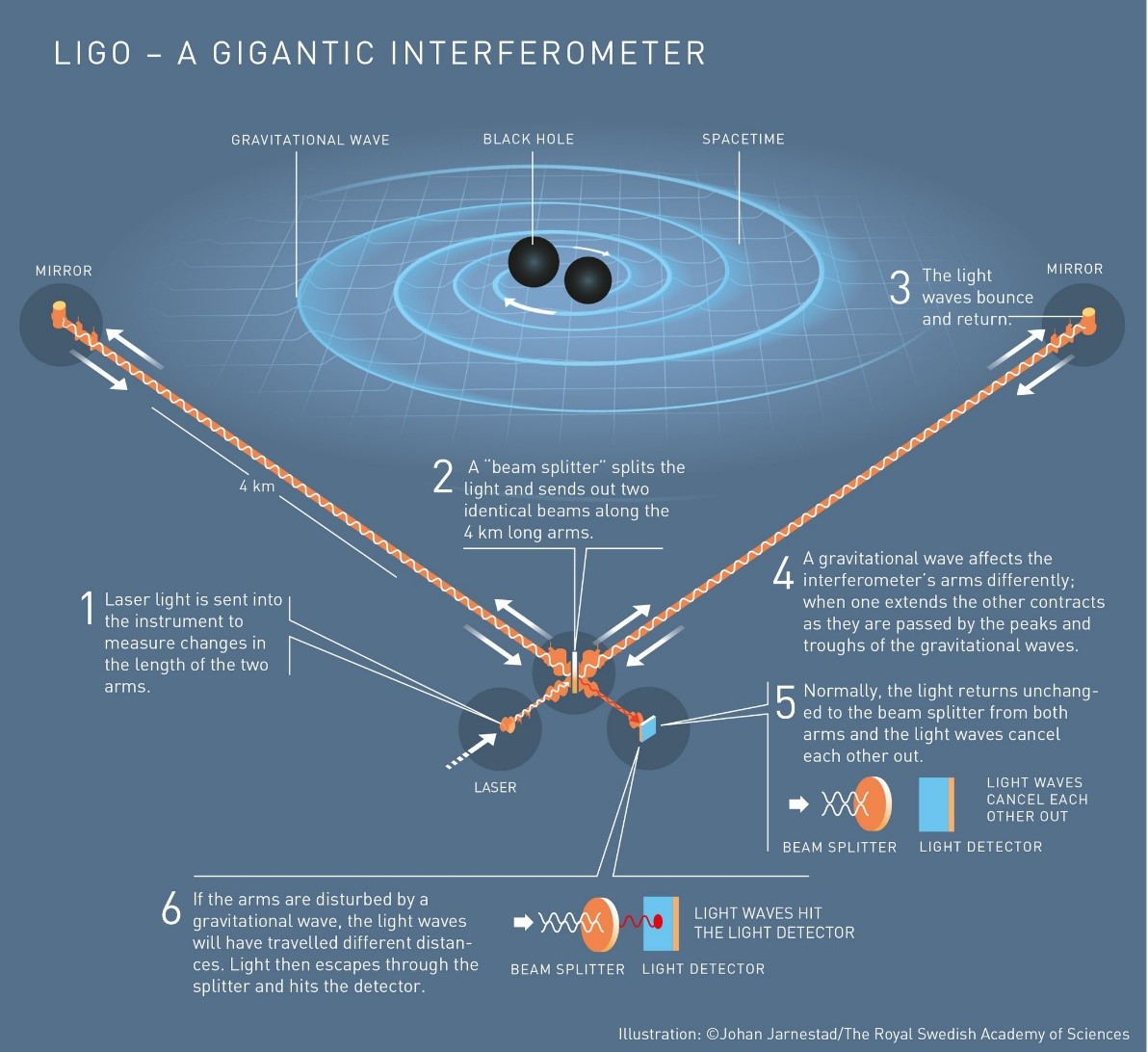
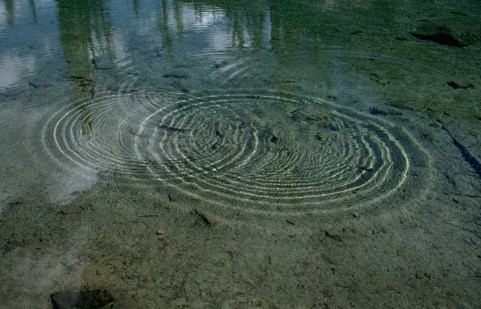
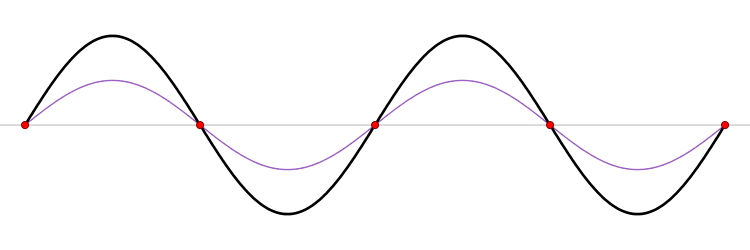
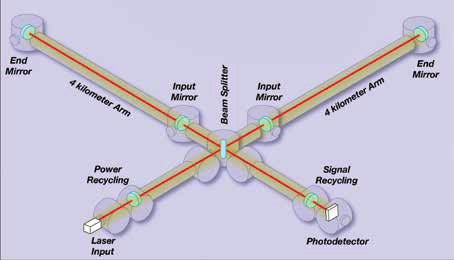
1.png)
